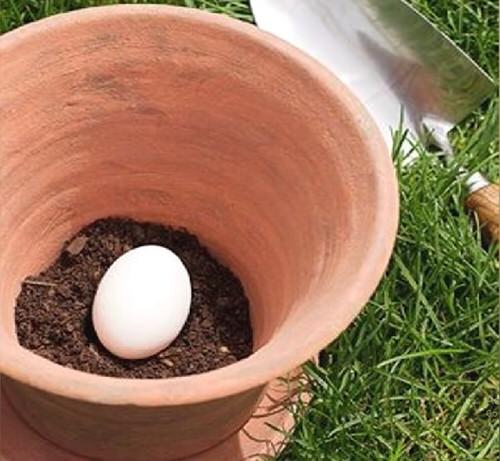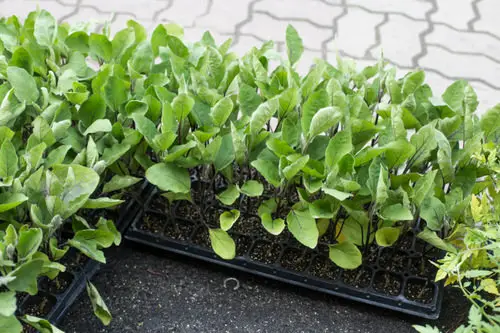Want to give your recently transplanted plants a great nutritional boost? Just Bury One Whole Egg At the Time of Planting & See This Happen!
 While gardening seems to be a hefty deal to many gardeners for the variation in fertilizers the plants require, do you know there’s an ingredient that can give your plants the needed boost steadily–One Whole Egg.
While gardening seems to be a hefty deal to many gardeners for the variation in fertilizers the plants require, do you know there’s an ingredient that can give your plants the needed boost steadily–One Whole Egg.
How Does Whole Egg Help Your Plants?

Eggs are a potent source of calcium, phosphorus, potassium, and nitrogen that are required by plants for healthy and robust growth. When you bury a whole egg in a planting hole, it takes a while to decompose and acts as a slow-release fertilizer that gets leached into the soil, thus benefitting the plant growth.
Whole eggs strengthen the plants’ shoot system, providing resistance from pests and minimizing the risk of blossom end rot.
This hack works the best for vegetables like eggplants, broccoli, spinach, cabbage, tomatoes, peppers, cauliflower, and kale. Similarly, you can use it for flowering plants like roses, azaleas, hydrangeas, and marigolds.
How to Put a Whole Egg in the Planting Hole?

Putting a whole egg in the planting hole is as simple as it sounds!
- Add a layer of the potting mix at the bottom of the pot.
- Put a whole egg.
- Cover up with another layer of the medium and plant whatever you want.
And you are done! The egg will slowly decompose on its own, attracting soil microorganisms, which will increase the beneficial microbial activity in the soil. All this is greatly going to enhance the process of mineralizing organic nutrients for the growth and development of the plant.
The outer calcium shell of the egg will provide the calcium carbonate content in the growing medium, which will help to strengthen the plants’ cell walls.
Things to Remember while Using a Whole Egg in the Planting Hole
- Make sure to bury the egg deep into the pot, as it might give out a foul smell while decomposing, which will attract rodents to the plant.
- Keep an eye on the pests, as adding raw eggs might induce problems of mold in the soil.
- Ensure the soil is non-contaminated to help the roots draw maximum nutrients the egg releases.


